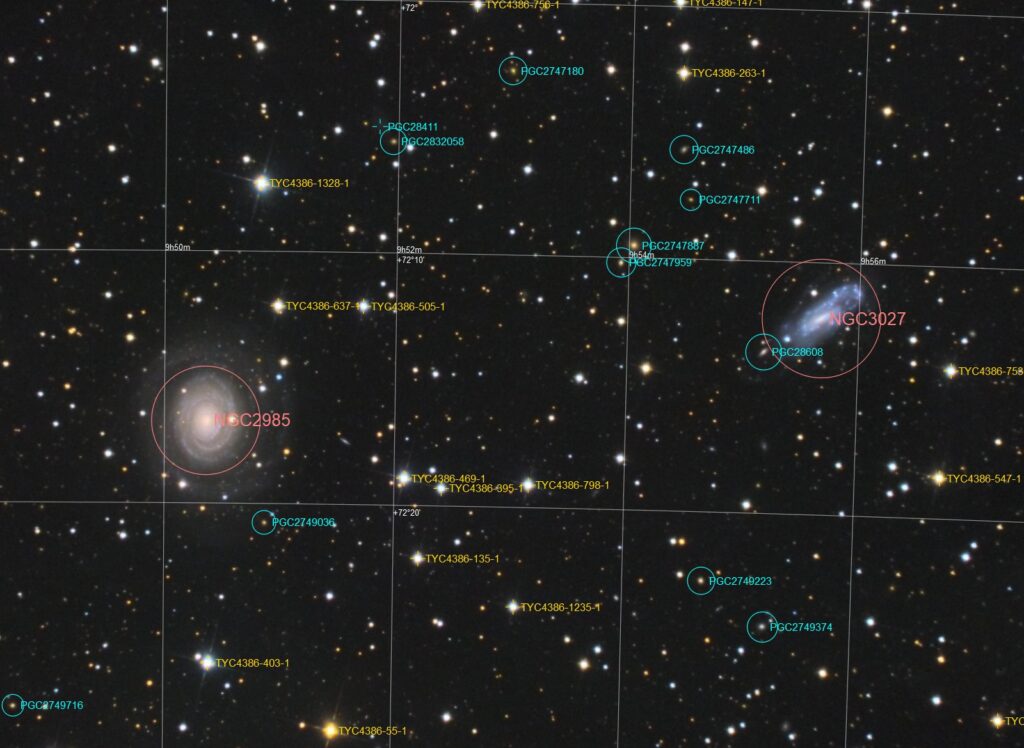13. Significance of Observing Galaxies Such as NGC 2985

Beyond aesthetics, the observation of galaxies such as NGC 2985 is scientifically significant:
- Understanding Star Formation: Where and how stars are born.
- Mapping Dark Matter: The gravity indicates unseen mass.
- Tracing Cosmic Evolution: How galaxies form, grow, and die.
- Learning About Black Holes: Central black holes influence entire galaxies.
Each sighting contributes another tile to the cosmic mosaic, enabling scientists to refine their models of the universe.
14. Fun Facts About NGC 2985
Let’s sprinkle in some fun trivia:
- NGC 2985 is visible only with powerful telescopes—don’t expect to see it with the naked eye!
- NGC 2985 is a type of spiral galaxy called SAab, which means it doesn’t have a central bar, and its spiral arms are tightly coiled.
- The astronomer who discovered NGC 2985, William Herschel, is also famous for discovering the planet Uranus!
- In the stunning Hubble image, the blue spots represent young, hot stars, while the yellow and red ones are older, cooler stars.
- At the center of the galaxy sits a supermassive black hole, with a mass that’s about 160 million times heavier than our Sun!
- Galaxies like NGC 2985 play a key role in helping scientists understand dark matter and how galaxies like ours come to be.
15. Conclusion: A Timeless Spiral in an Endless Universe
NGC 2985 isn’t just a spiral of stars — it’s like a window into both the past and future of the universe.Its delicate, symmetrical beauty reminds us that even amidst the chaos of the universe, beautiful order can be found. Captured lovingly by Hubble and studied by astronomers across the world, NGC 2985 is a symbol of the elegance written into the fabric of the universe itself.
When we look at pictures such as this, we’re not merely staring at faraway things; we’re looking back into our own cosmic past—and maybe, our future.
One spiral galaxy, frozen in time.






